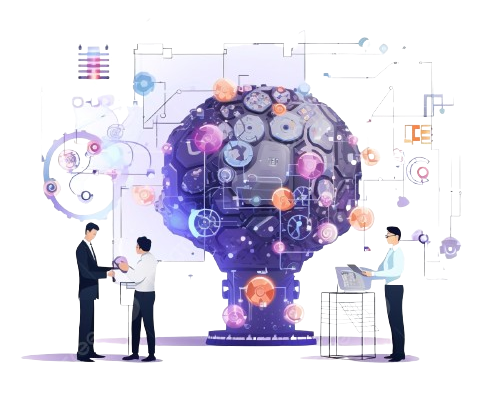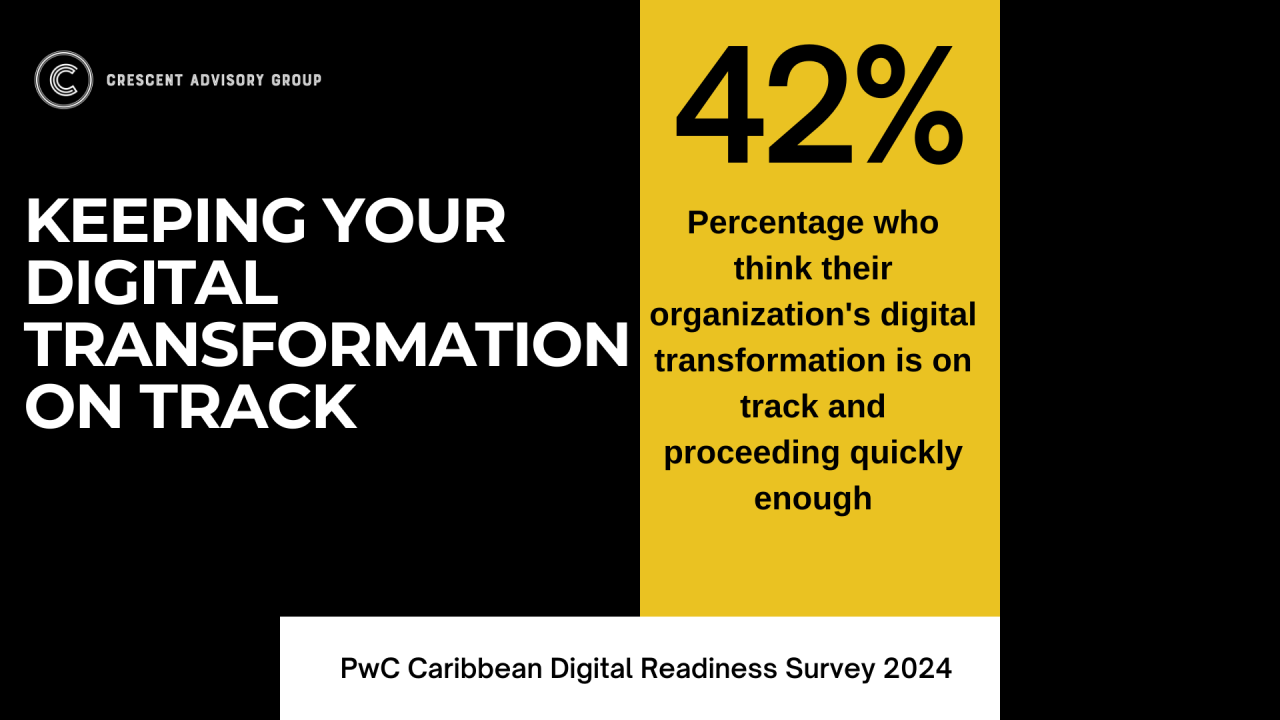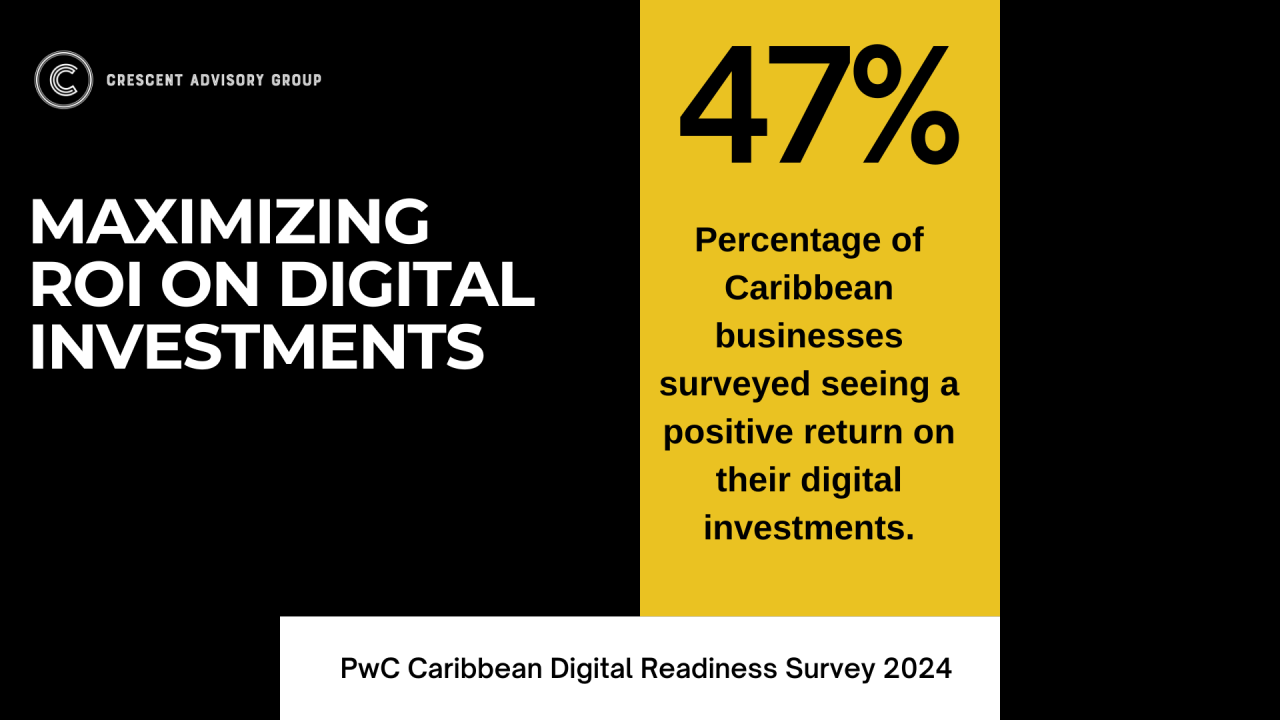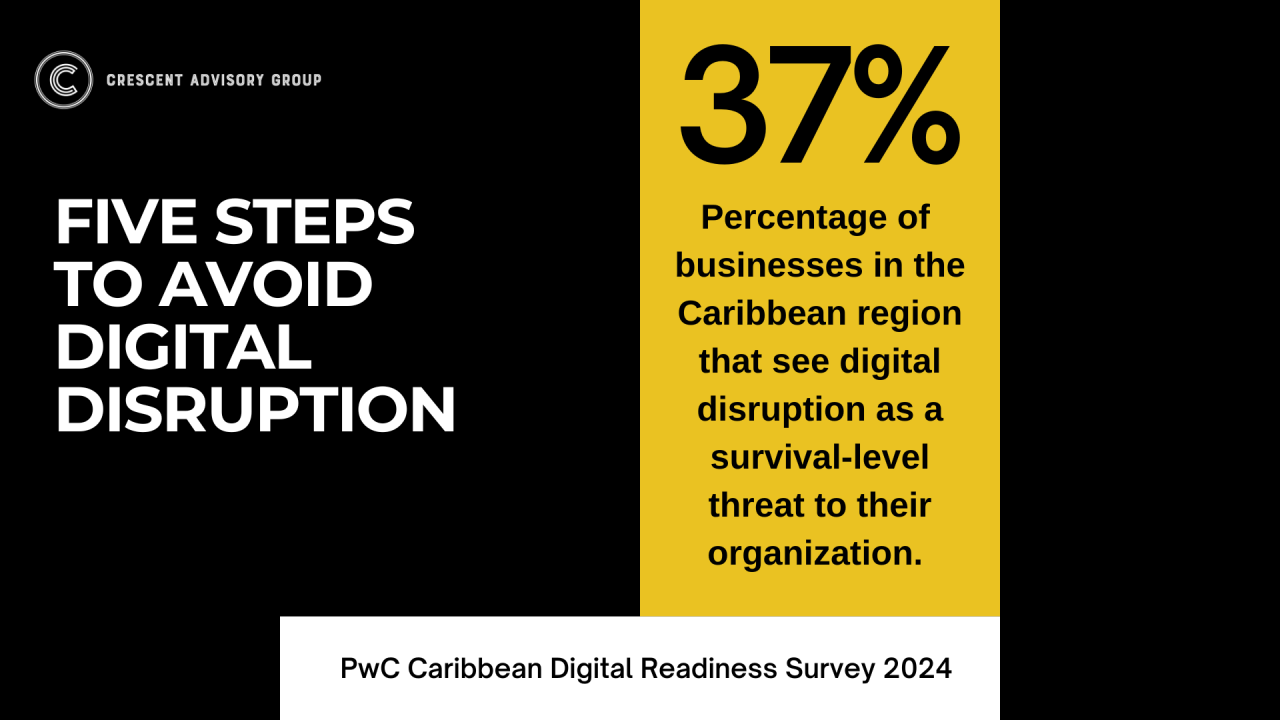A recent Microsoft and LinkedIn 2024 Work Trend Index Annual Report has unveiled a startling trend: while the use of generative AI has nearly doubled in the last six months, with 75 percent of global knowledge workers now utilizing these tools, a significant training gap exists as only 39 percent of people globally who use AI at work have received AI training from their company and 78 percent are bringing their own AI tools to work!!
Essentially, employees have the “car keys” to powerful AI tools, but many lack the necessary “training or license” to drive them effectively.
If this were the case with our children and the keys to our actual car, some of us may choose to try to hide the ‘car keys,’ and punish. At the same time, some parents would opt to enroll their children in driver’s education, discuss how to be safe while driving, ensure they are licensed, accompany them while driving, and perhaps purchase a very safe vehicle for them to drive when ready. Which camp are you in?
According to the groundbreaking Microsoft and LinkedIn 2024 Work Trend Index Annual Report:
- ➤
(Users say AI helps) and save time (90 percent), focus on their most important work (85 percent), be more creative (84 percent), and enjoy their work more (83 percent).
- ➤
78 percent of AI users are bringing their AI tools to work (BYOAI)—it’s even more common at small and medium-sized companies (80 percent).
- ➤
Power users are extremely familiar with AI, using it at work at least several times a week and saving more than 30 minutes a day.
How to Turn AI Training into Your Advantage
Big companies like JPMorgan Chase & Co. have recognized this issue. They recently announced that they will train every employee in AI. In 2023, PWC announced a similar drive to train all employees in AI.
Here’s why you should consider investing in AI training for your team:

1. Enhanced productivity and efficiency: Power users of AI, who are well-versed in these technologies, report saving more than 30 minutes a day. This increased efficiency can significantly impact overall business operations, especially when scaled across an entire organization.
2. Risk management: With the majority of AI tools being brought in by employees themselves, there’s an inherent risk related to security breaches and data protection compromises. Training can mitigate these risks by ensuring that all employees understand how to use AI tools responsibly and securely.
3. Competitive advantage: Organisations that proactively train their employees on AI can differentiate themselves in the market. As noted by Jamie Dimon from JPMorgan Chase & Co., which provides AI training for new hires, preparing employees for the AI-driven future is akin to adapting to past transformative technologies like the printing press and steam engine.
4. Innovation and creativity: When employees are not only familiar with AI but also trained in its potential applications, they can use these tools more creatively. This leads to innovation not just in their tasks but potentially in new products, services, and business models.
Head of the bank’s asset and wealth management division, JPMorgan bankers have reduced the time they spend “hunting and pecking,” using AI to call up information on potential investments and accelerate their decision-making. This has helped save some analysts between two to four hours of work each day, she said.
Mary Erdoes
Your employees have the AI keys with no training or licence. What will you do next?
Access to the full Microsoft Work Trend Index Annual Report can be found here: Work Trend Index 2024 by Microsoft
Nadeen Matthews Blair is the CEO of Crescent Advisory Group, offering consulting, workforce development, and executive coaching to help companies implement business, AI, and digital strategies.
Follow and connect with Nadeen on




